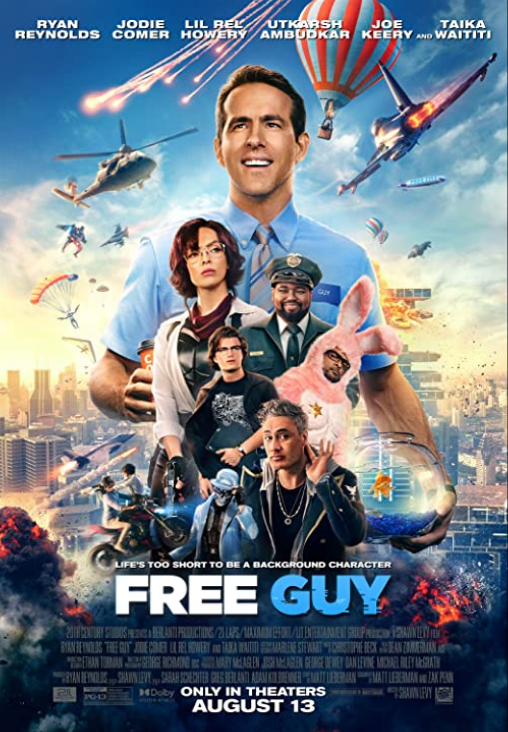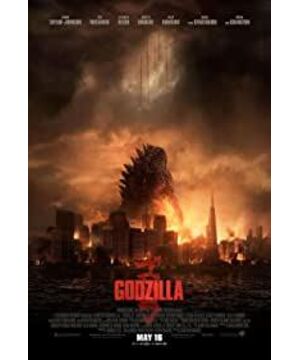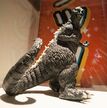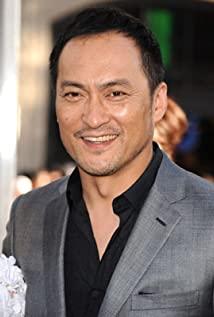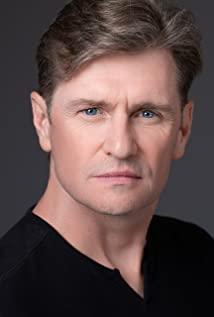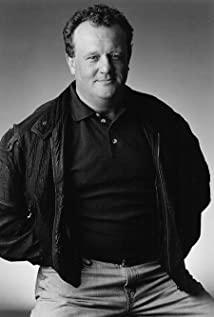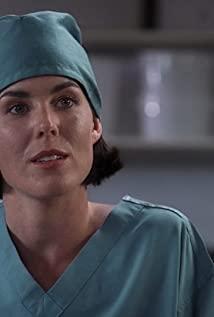The filming began on March 18, 2013 around Nanaimo on Vancouver Island. The shooting locations include the Vancouver Convention Center, BC Stadium, Cypress Provincial Park and East Vancouver. Then he moved to Richmond near Steveston. A large battle scene was filmed on Moncton Street there. About 200 soldiers participated in the filming. Numerous military vehicles appeared. Another scene was filmed at Fisherman's Wharf in Finnslaw. Other shots were shot on Vancouver Island, around Nanaimo, and Victoria, British Columbia, and scenes involving other extras were shot in the industrial park in Coquitlam.
Honolulu and Tokyo Airport in Hawaii were used to simulate scenes from convention centers, while the rest of Vancouver was used to simulate scenes in San Francisco, Tokyo, and the Philippines. The Canadian Film Park in Burnaby was also used during the filming, where the film crew built the streets of Chinatown, the huge sinkhole of the MUTO nest, and the 120-meter-long part of the Golden Gate Bridge. From June to July 2013, the film crew once again took location shots in Honolulu, Hawaii. On June 2, 2013, more than 2,000 people signed up to participate in extras in Hawaii, and 200 of them were hired throughout the filming process, including appearing in the Waikiki Beach disaster scenes. The twin Marshall Islands in the film are the eastern part of Oahu. The film was finalized from July 13th to 14th.
Aaron Taylor-Johnson said in an interview that most of the shots in the film are on location and green screens are rarely used. The crew members are smaller than before. (The whole film) is almost "independently produced." Elements added later.
The photographer is Simos McGregor, who uses an Allais Alexa camera equipped with Panavision's C-series anamorphic lens. Part of the time set in the 1954 scene, using the 1960s lens, giving people a "feeling of a distant era." This will enhance the effect. Although there will be color grading in the digital mid-frequency, McGregor pointed out: "What I want is a feeling of being peeled off with soft colors and diffuse highlights, with a slight sense of distance during the period. For this reason, I researched I have used many related photos and magazines to blend black into magenta tones.” Although the movie is released in 3D, this part of the shot will be presented in 2D. McGuire shot this movie with the concept of 2D. His own experience of watching 3D movies in theaters made him dislike using 3D shooting equipment.
The U.S. Navy contributed three U.S. Navy aircraft carriers to this film: Carl Vinson, Nimitz, and Ronald Reagan, and the U.S. military serves as a third-party technical consultant in this film. The US Marine Corps, who participated in the filming of the 1998 version of the film, refused to review the script due to the presence of naval personnel in the film. One of the film’s military technical advisers, Major James Telford, sent Aaron Johnson to the mini-training camp to "make sure he has good military skills." Jewel also helps stuntmen perform high-altitude and low-altitude skydiving training.
